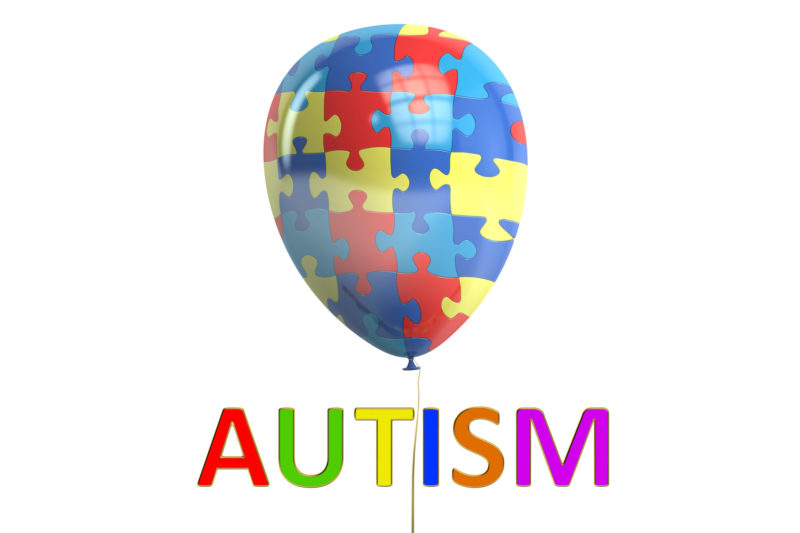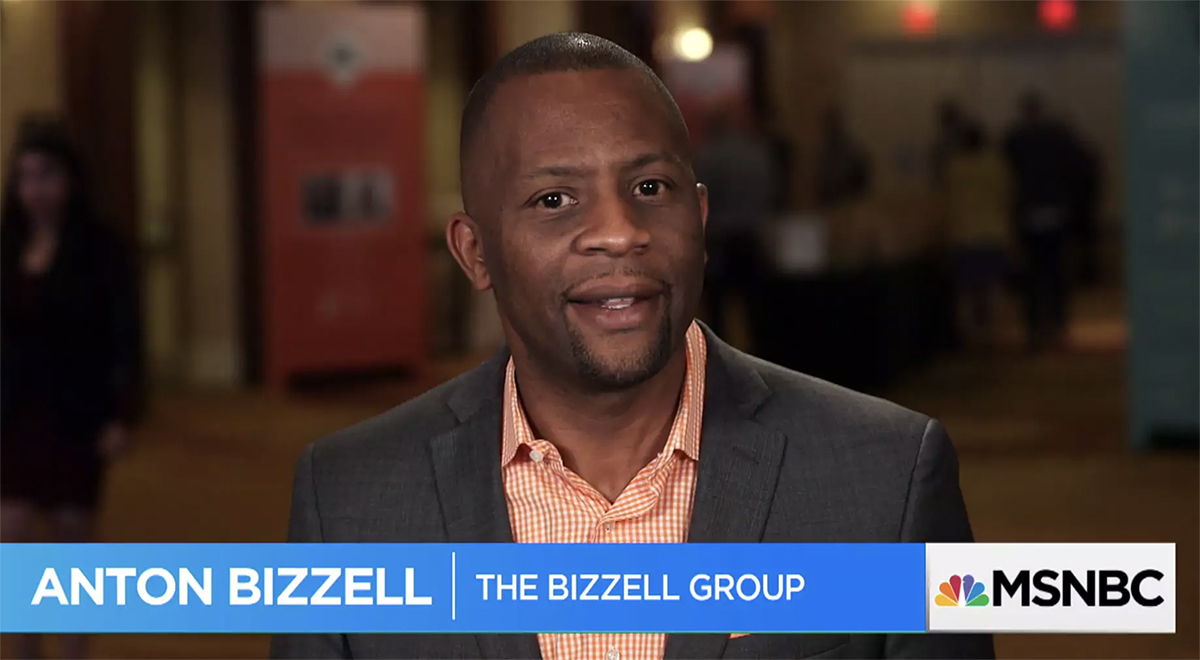Job Corps Graduates are Increasing their Earning Potential
After decades of pushing bachelor’s degrees, recent studies have shown that the there is a high-demand for skilled workers with trade degrees. According to the National Electrical Contractors Association, 7,000 electricians join the field each year, but 10,000 retire, leaving a gap that could affect us all. The Department of Labor’s Job Corps program aims to fill that gap.
Job Corps is the largest free residential education and job training program for young adults ages 16-24 and offers technical training in more than 100 career areas. With over a 100 Job Corps centers across the nation and training over 60,000 students per year, there are opportunities for students to get connected with the skills and education for a top-notch career. While receiving hands-on training, students increase their earning potential in career fields such as healthcare, information technology, hospitality and homeland security.
Not only does Job Corps help students develop a career plan and provide the training to help them achieve their goals, but once training is completed Job Corps will assist in students’ job placement. Students are provided with a placement specialist that will work with them for up to 21 months after graduation to assist in helping them find the right job. Job Corps counselors also help connect students with local housing, transportation, and child care resources if needed. Recently, Job Corps decided to take steps to help protect our environment and connect students with businesses and their surrounding communities through green training. Job Corps is preparing students for the green economy through green training in the advanced manufacturing, automotive, and construction industry areas.
The Bizzell Group (Bizzell) recognizes that the culture of today’s workforce and industries entail further development of students’ soft skills, including life skills and interpersonal skills, which will help to ensure that they maximize their potential for career placement and sustainability.
Bizzell is passionate about workforce development and is currently working with The National Office of Job Corps on data analysis and accountability measures that involve the overall integrity and compliance of the program with contractual performance. The outcome associated with integrity and compliance impacts student success directly by ensuring they receive the education and resources needed to be successful in Job Corps and beyond.




